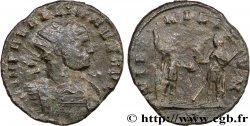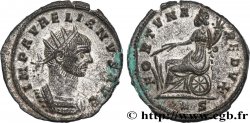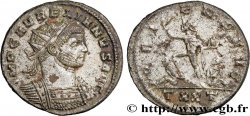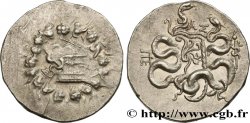brm_740700 - AURELIAN Antoninien
100.00 €(Approx. 114.00$ | 86.00£)
Quantity
Add to your cart

Type : Antoninien
Date: printemps 274
Mint name / Town : Serdica
Metal : billon
Millesimal fineness : 50 ‰
Diameter : 23 mm
Orientation dies : 12 h.
Weight : 3,87 g.
Rarity : R2
Coments on the condition:
Flan large, centré des deux côtés. Joli buste d’Aurélien, finement détaillé. Des faiblesses. Patine gris foncé
Catalogue references :
Obverse
Obverse legend : IMP AVRELIANVS AVG.
Obverse description : Buste d’Aurélien, tête radiée, à droite, avec cuirasse, vu de trois quarts en avant (B).
Obverse translation : “Imperator Aurelianus Augustus”, (Empereur Aurélien Auguste).
Reverse
Reverse legend : ORI-ENS AV-G//.
Reverse description : Sol (Le Soleil) radié, nu, le manteau sur l’épaule gauche, debout à gauche, levant la main droite et tenant un globe de la gauche ; à ses pieds, de chaque côté, un captif assis, les mains liées dans le dos.
Reverse translation : “Oriens Augusti”, (L’Orient de L’Auguste).
Commentary
Un seul exemplaire de ce type dans la trouvaille de La Venèra.







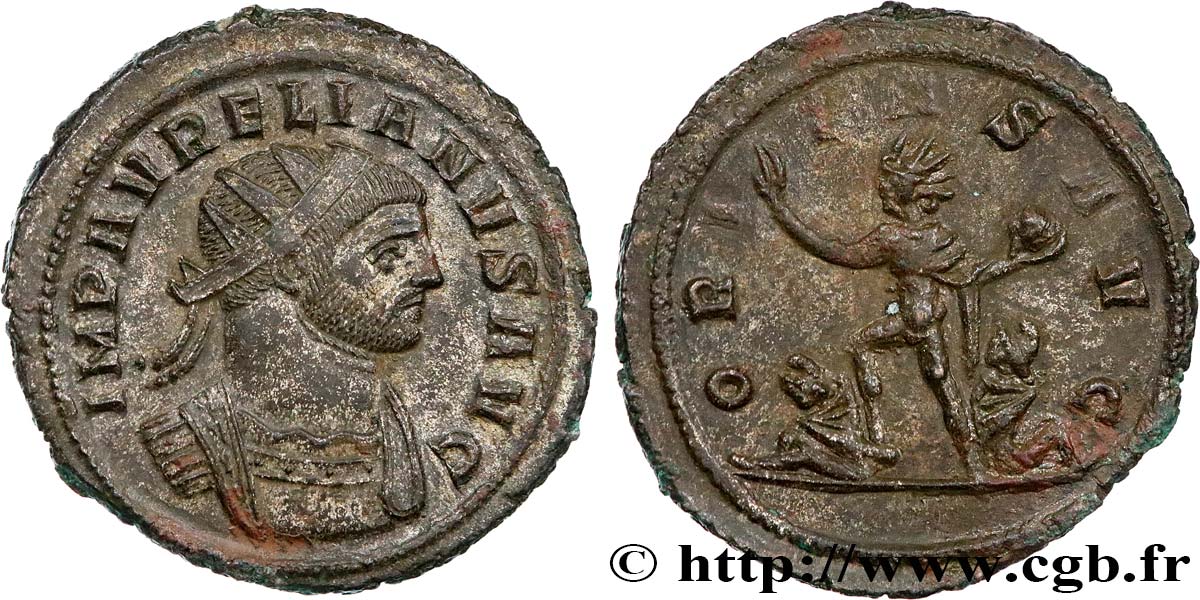
 Report a mistake
Report a mistake Print the page
Print the page Share my selection
Share my selection Ask a question
Ask a question Consign / sell
Consign / sell
 Full data
Full data